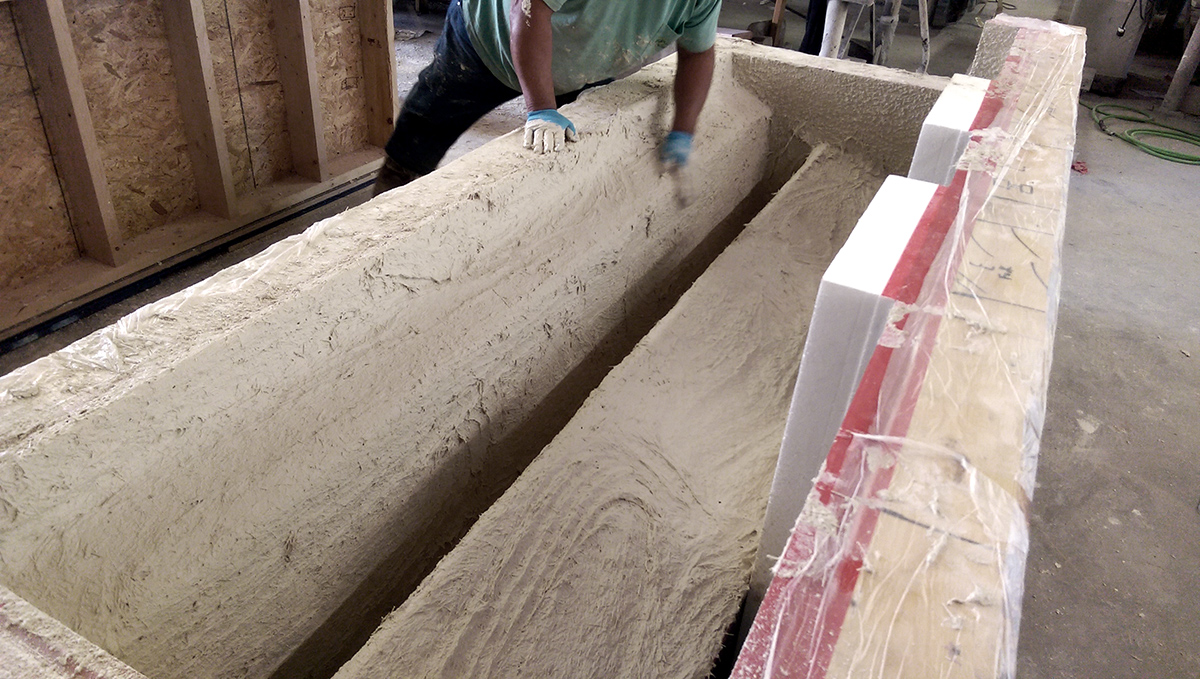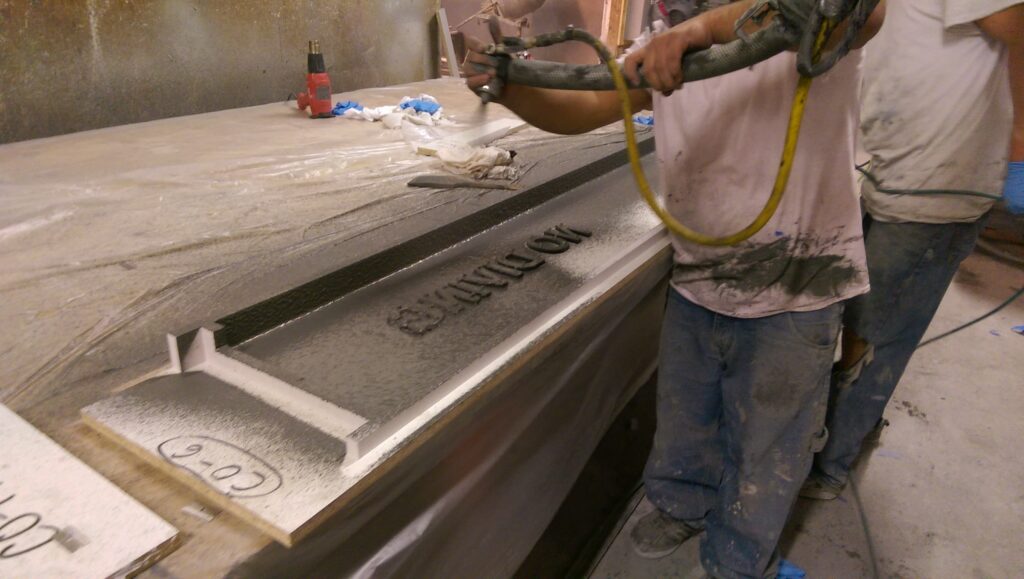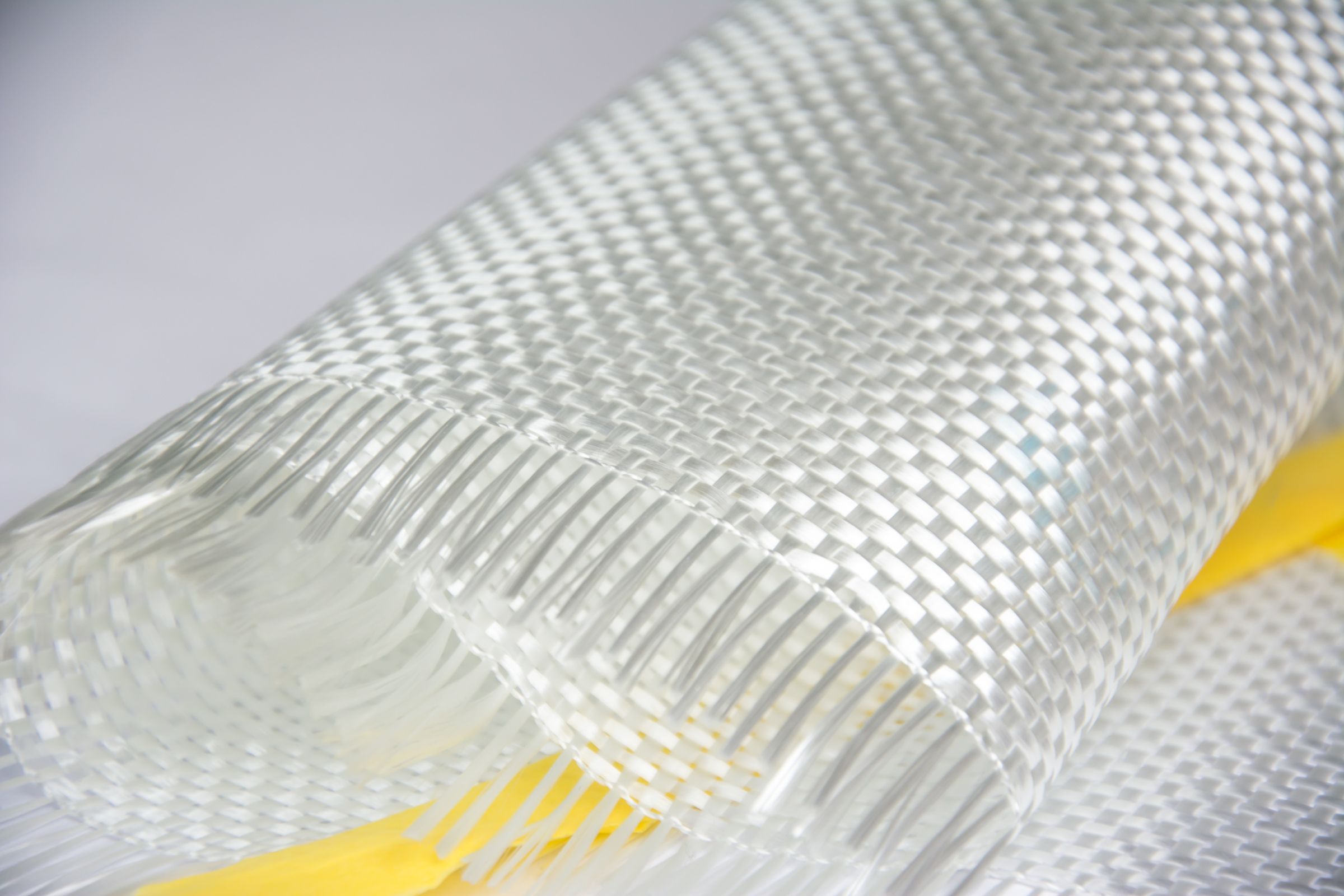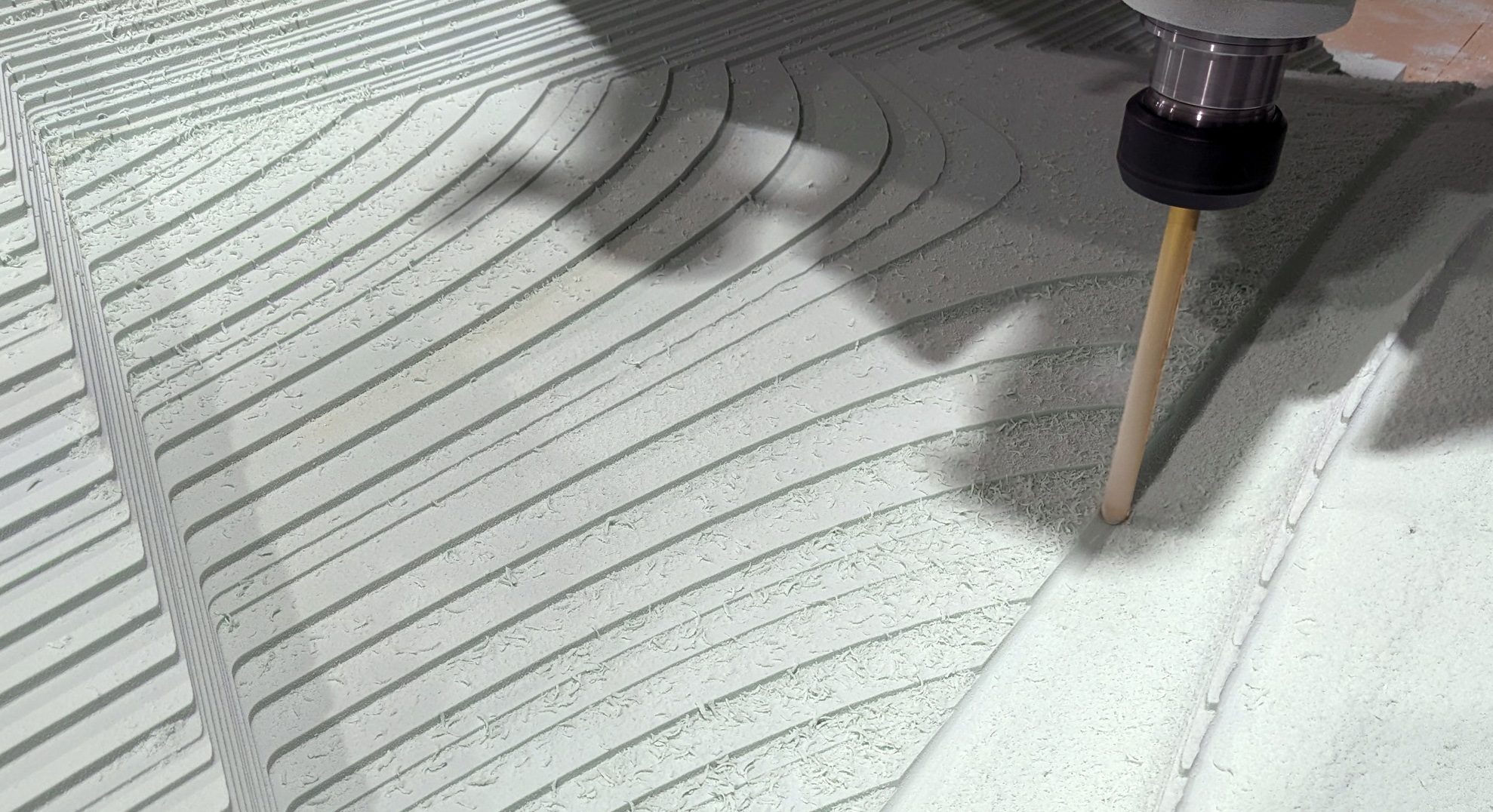Revolutionizing Sustainable Construction with GFRC As the construction industry increasingly prioritizes sustainability, innovative materials like GFRC panels are taking center…

In researching architectural precast concrete for your next project or home, you will typically encounter two concrete mix designs: Conventional concrete and Glass Fiber Reinforced Concrete, simply referred to as GFRC. Concreteworks East, as a premier fabricator of architectural concrete and a leader in GFRC production, is always looking to educate customers on these two mixes and the advantages of each, especially GFRC because of its great properties and young prominence in the industry.
Conventional concrete is the popular mix design of the modern age of construction, as one would normally envision concrete, but in the architectural precast industry is becoming less the standard. Portland cement is mixed with a sand aggregate, a stone aggregate, and water to create this concrete mix. Steel bar is typically placed into the form as structural reinforcement. Conventional concrete is cast by pouring into a mold, vibrating the mix along the way to prevent air voids, then the surface faces are hand trowel to a smooth and refined finish. This achieves the Trowel finish as on our Finishes page.
Glass Fiber Reinforced Concrete (GFRC) is a special high performance concrete mix. Its name is derived from the glass fiber strands that are added to the concrete matrix and provide very high resulting structural properties. The mix is created through a mix of cement, a fine sand aggregate, an acrylic polymer, glass fibers, and other performance admixtures. The mix is most commonly cast by spraying a thin face coat through specialized spray equipment without glass fibers. This allows the final product to be consistent and polished without exposing the glass fibers.

The thicker back up coat is then applied on top, either through further spraying, hand placed, or dump methods. Though complicated, the benefits to the casting, cure times, and the final product has made GFRC the ideal choice. Concreteworks East has spent years refining our mix to provide architectural precast of a very high quality.
As a designer, architect, or home owner looking to specify precast concrete for your next project’s countertops, sinks, wall panels, or floor tile, we know look at how GRFC will benefit and likely be the ideal choice for your project.
Advantages of GFRC
- GFRC has considerably higher Compressive Strength and Flexural strength then conventional concrete. It as does not require internal steel reinforcement.
- Because of GFRC’s strength advantages, the minimum thickness is typically 1″. Sometimes this can even be reduced to 3/4″ on smaller sized product. This is in comparison to 1.5″-2″ with conventional concrete. The thinner product is great for flexibility in build out dimensions of floor tile and wall panels since no additional accommodations need to be made for a thicker product .
- GFRC weighs less the conventional concrete at 9lbs/sf @ 1″ thick as opposed to 12.5lbs/sf @ 1″ thick. The weight savings put less stress on structural components and make handling much easier. This advantage is great for floating vanities, countertops or sinks on millwork, wall panels, tubs, and other products requiring support as structural accommodations do not need to be as great.
- GFRC can achieve greater spans without any additional support. This means larger sized wall panels or floor tile. Less seams in your countertops, vanities, or coping.
- Greater color consistency over multiple product. The sprayed face coat method allows an large square footage area to have it’s surface be from the same mix. This elimates an errors from one mixer to another. This is ideal for wall panels and floor tile over a larger space or if you have a bathroom with a lot of precast components such as a tub, shower-pan, sink and wall panels.
- Less curing shrinkage, meaning your final product is more true to an exact tolerance.
- Early high strength curing, meaning can safely be handled and placed through the finishing and sealing phases sooner. This allows GFRC to have a quicker lead time, allowing us to be reactive in creating new product for a project if needed.
- Because of the casting properties, GFRC has a much denser surface. When further sealed, the dense surface allows a lower liquid absorption rate and better protection from stains. This is ideal for your kitchen or bathroom countertops, sinks, high traffic floor areas, and exterior precast that are prone to spills and water.
- Cutting GFRC is much easier than conventional concrete since there are no large stone aggregates or steel within the product. This is ideal for installers of precast floor tile and wall panels if cuts need to be made to meet a condition.
The list of advantages could still continue. If you are interested in precast concrete for your next project, don’t hesitate to call us as we will help you in deciding the perfect Concreteworks East concrete mix and product for you.



